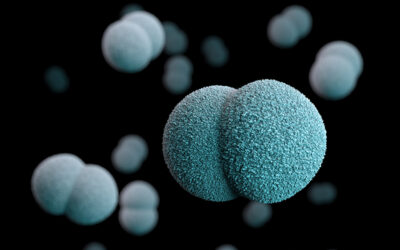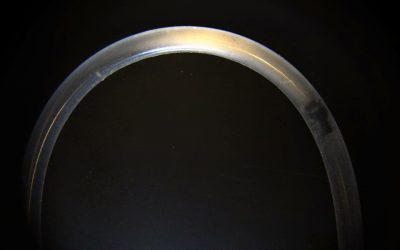Interest in DNA vaccines is growing.
For one, they offer a safer and more cost-effective alternative to conventional vaccines, which are sometimes constructed using weakened microbes. Moreover, DNA vaccines are easily synthesized in the laboratory and show promise for taming cancer growth. Once these artificial DNA constructs are administered in vivo, the body translates the new genetic information into a protein, the actual vaccine.
Featured in Advanced Functional Materials, Frank Fanqing Chen from Lawrence Berkley National Laboratory, Yuhong Xu from Shanghai Jiao Tong University, Hadi Shafiee from Harvard Medical School, and their co-workers, applied oscillating gold nanoparticles to immunize mice against the Hepatitis C virus core gene.
Professor Hadi Shafiee describes how they accomplished this challenging task:
“Introducing these DNA molecules into the cells through their strong protective cell membrane has been a great challenge. So we have now overcome this barrier through our proprietary nanotechnology by introducing electrically activated gold nanoparticles that actually oscillate rapidly and create very tiny holes on the cell membrane in order to allow these DNA molecules to trespass the cell membrane.”
Unlike other approaches, the nanoparticles are not tethered to their biological cargo, a refinement that can boost therapeutic potency and effectiveness.
Using a mouse model, the researchers tested the efficacy of the particles in administering the DNA vaccine in vivo. After injection of the mixture into the tibia muscle, gentle electrical stimulation caused particle uptake into muscle cells. Within just two weeks, “the treated mice developed a strong immune response against a model HPV-C vaccine,” says Dr. Mohamed Shehata Draz.
Antibody response was boosted up to seven-fold compared to the control after 70 days.
Future refinement of this method will enable targeted delivery of precisely defined doses of RNA, peptides, and small molecules.

















